In the 2000s, Korean dramas became a favorite form of entertainment for television viewers, with many actors becoming idols for young people. Along with these dramas, Korean culinary culture gradually entered and became popular, and one of the Korean dishes loved by Vietnamese people is BBQ. To make delicious, authentic Korean BBQ, the first thing to pay attention to is choosing the right ingredients.
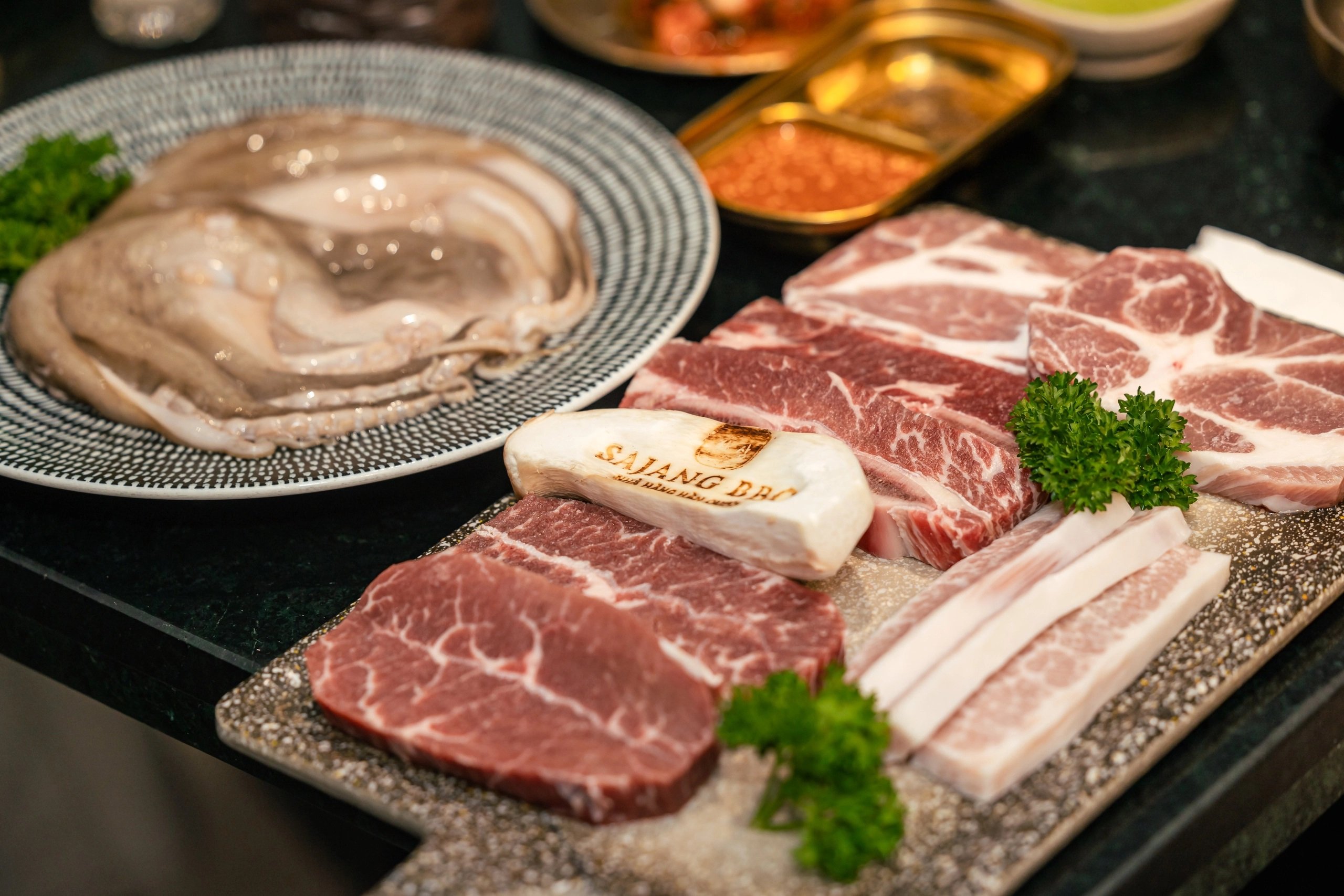
According to Park Sang Kyung, head chef at Sajang BBQ, a Korean barbecue restaurant, the key to authentic Korean BBQ is the careful selection of ingredients from the very beginning. Beef and pork are two essential meats in a Korean BBQ feast. Different cuts of meat are selected to provide a unique flavor experience for diners.

Mr. Park Sang Kyung, head chef at Sajang BBQ, a Korean barbecue restaurant.
According to Chef Park, the meat that Koreans grill must be cuts with marbling, cut to the right thickness so that when grilled, the fat melts and seeps into the meat, making it tender and juicy.
Another crucial factor is preservation. Beef and pork must always be fresh, delicious, and properly preserved at the correct temperature, from the slaughterhouse to the table.
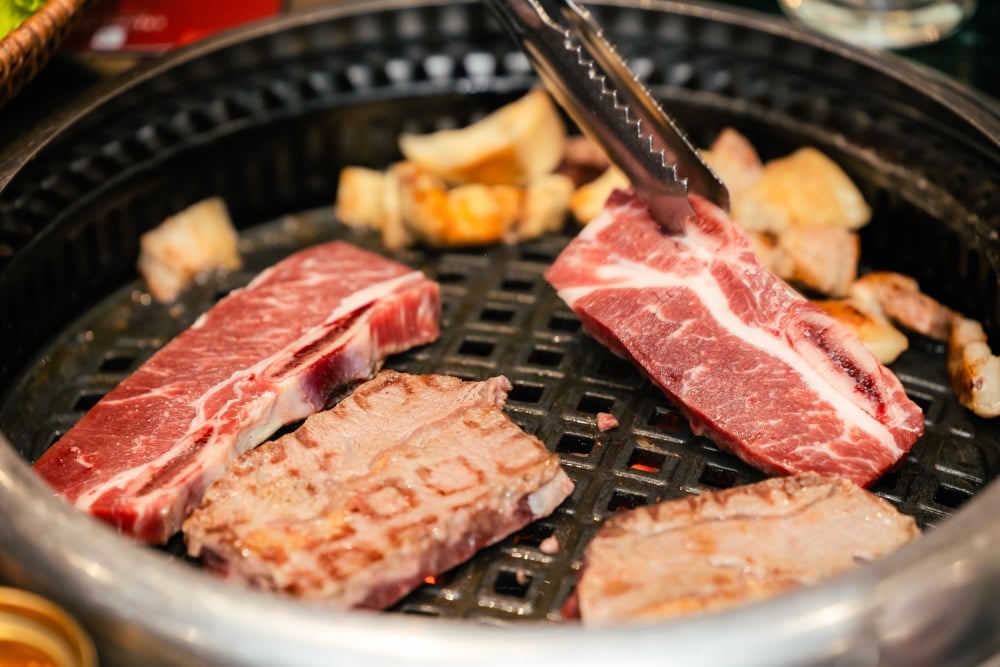
"The heat is one of the important factors to consider when grilling meat. Don't use too high a heat, as it will dry out the meat quickly. Grill and flip the meat slowly over medium heat. Koreans know the meat is cooked when it has a slight charring. And when you cut it, the inside of the meat should still retain moisture," Chef Park shared.
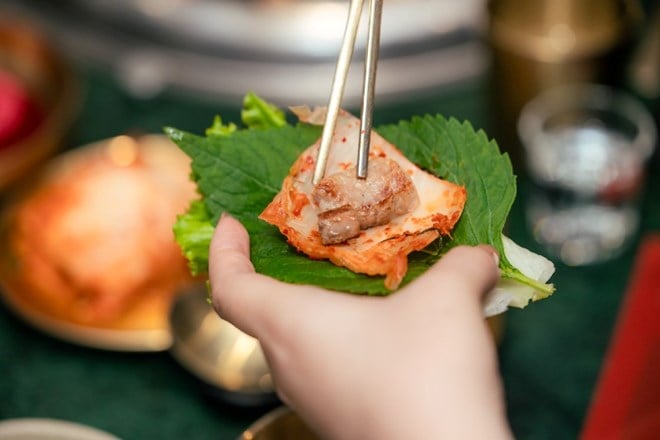
Koreans love grilled meat served with kimchi, and this is considered an indispensable "golden pairing" in Korean cuisine. This is because kimchi is a naturally fermented food with antibacterial properties and aids digestion, among other benefits.
"For Koreans, kimchi is probably a dish they can make with their eyes closed, because the recipe has been passed down through generations. However, in other countries, this dish can be challenging at some stage. And selecting the right ingredients is one of the necessary and sufficient conditions to ensure you don't encounter any problems at any stage," Chef Park shared.
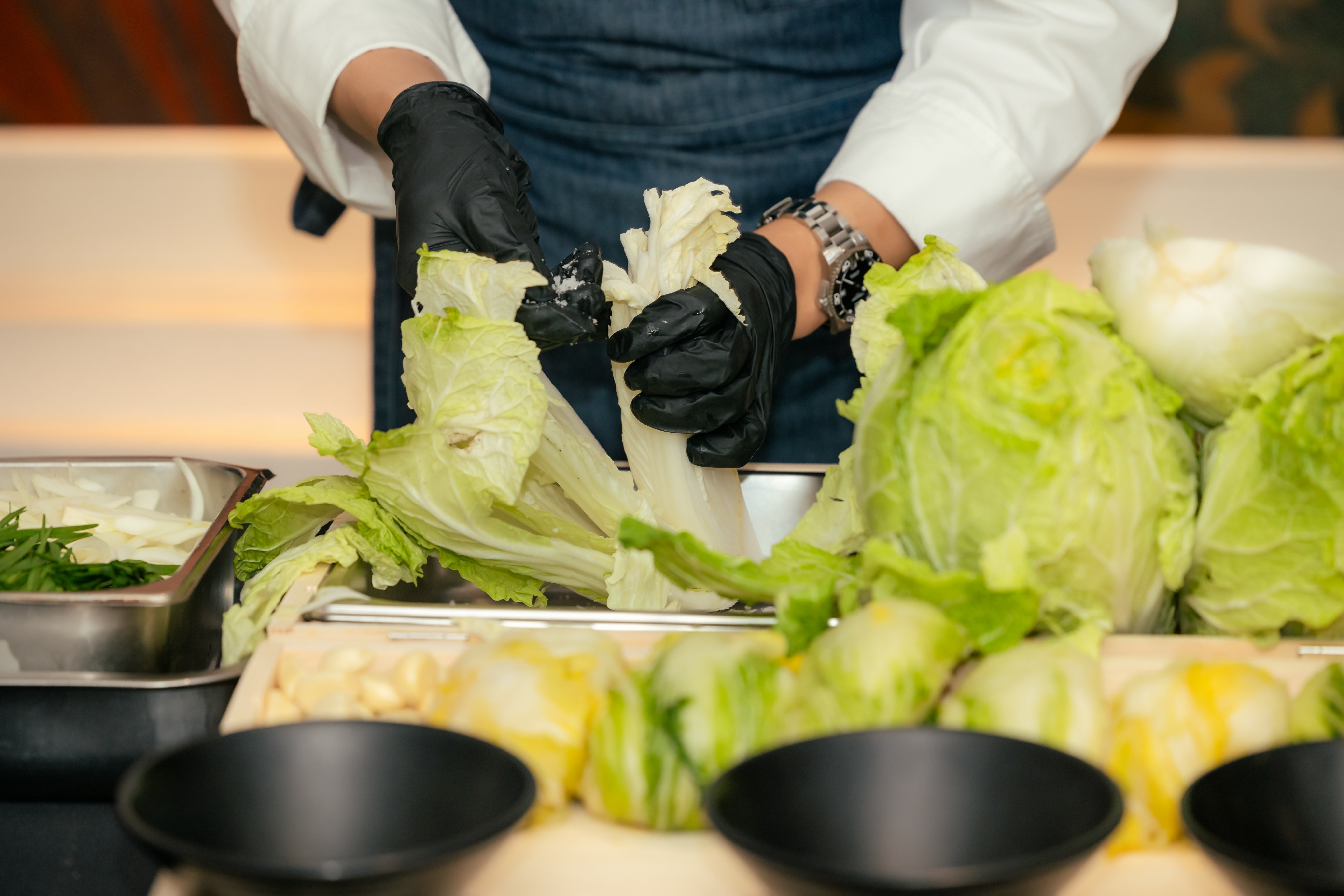
When selecting ingredients, note that the cabbage should be fresh, with green and thin leaves to absorb the sauce quickly. The outer, older leaves should be discarded. When pickling the cabbage, you can cut it in half or quarters, and rub each leaf thoroughly with salt, using more salt on the white stem and less on the green leaves.
After soaking the cabbage in brine and placing a heavy wooden board on top for 2-5 hours, rinse the kimchi thoroughly with water several times before marinating to reduce the saltiness. When the cabbage leaves are salted for the appropriate amount of time, they will become soft, pliable, and won't break when folded in half.
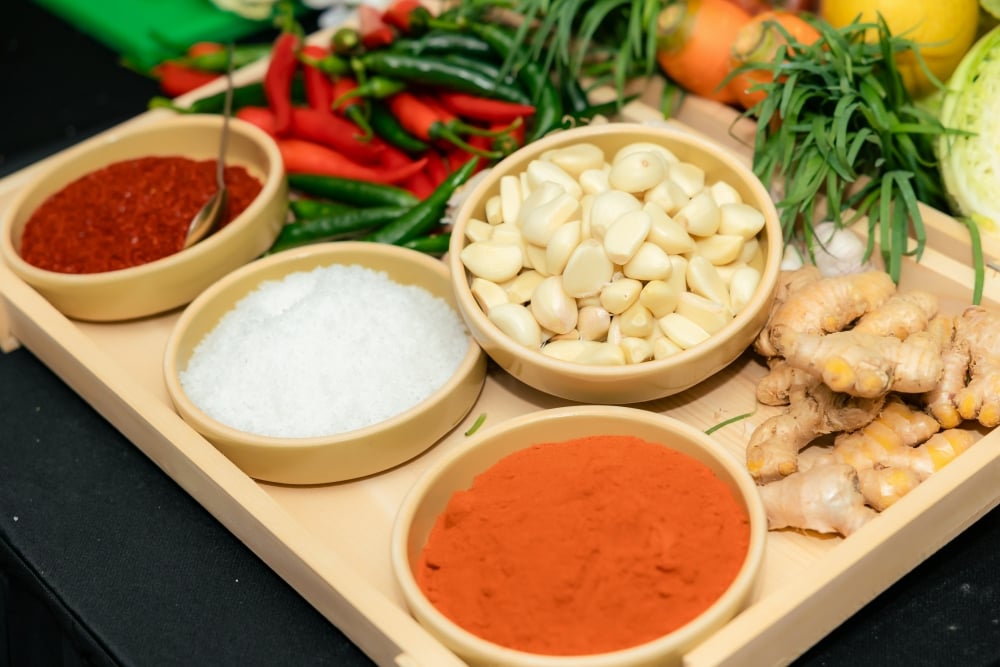
The spices used to marinate kimchi usually depend on each family's taste, but typically include white radish, carrots, garlic, chili powder, onions, ginger, etc. A little tip that Chef Park notes during the two steps of salting and marinating kimchi is to always place the napa cabbage face up so that the spices don't fall off, thus increasing the richness of the finished product. Typically, kimchi can be left at room temperature for 1-2 days to ferment quickly, or refrigerated for a week.
If kimchi is considered the national dish of Korea, then soju is the national drink of the country. Therefore, for Koreans, grilled dishes cannot be considered "complete" without soju.
Ha Nam (compiled)
Source


![[Photo] Prime Minister Pham Minh Chinh presides over a meeting on private sector economic development.](/_next/image?url=https%3A%2F%2Fvphoto.vietnam.vn%2Fthumb%2F1200x675%2Fvietnam%2Fresource%2FIMAGE%2F2025%2F12%2F20%2F1766237501876_thiet-ke-chua-co-ten-40-png.webp&w=3840&q=75)


![[Photo] Prime Minister Pham Minh Chinh presides over the conference announcing the establishment of the International Finance Centre in Vietnam.](/_next/image?url=https%3A%2F%2Fvphoto.vietnam.vn%2Fthumb%2F1200x675%2Fvietnam%2Fresource%2FIMAGE%2F2025%2F12%2F21%2F1766309817714_ndo_br_dsc-3400-jpg.webp&w=3840&q=75)





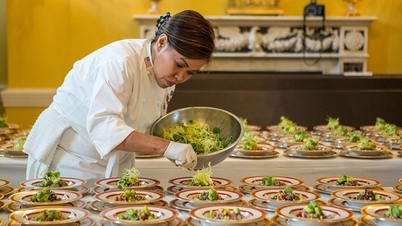
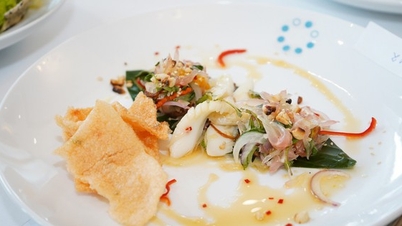


























































































Comment (0)